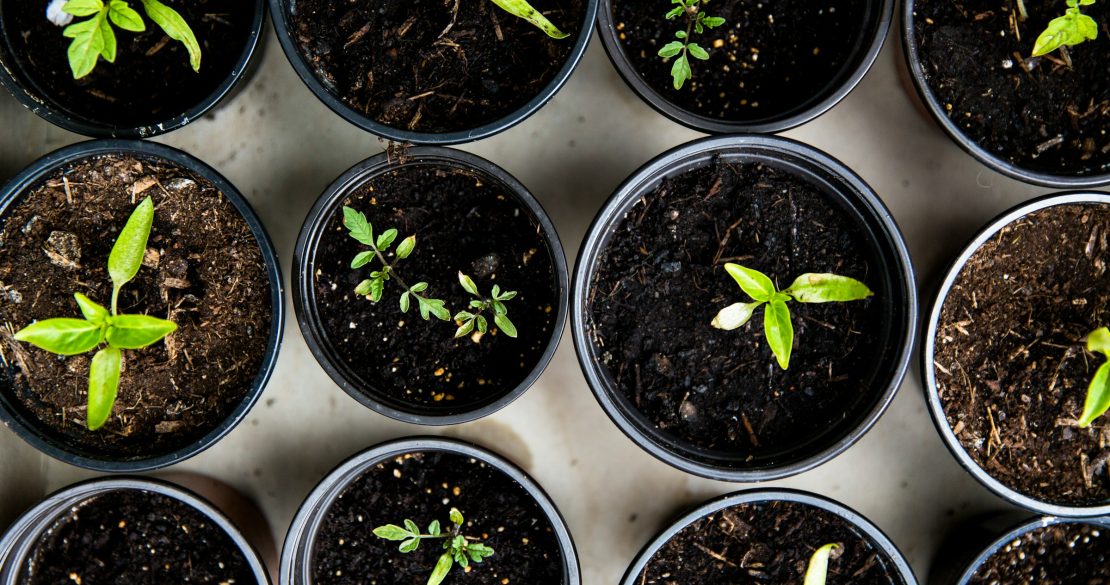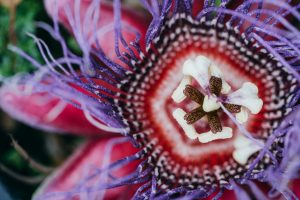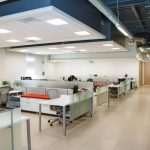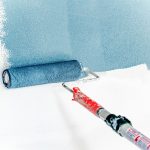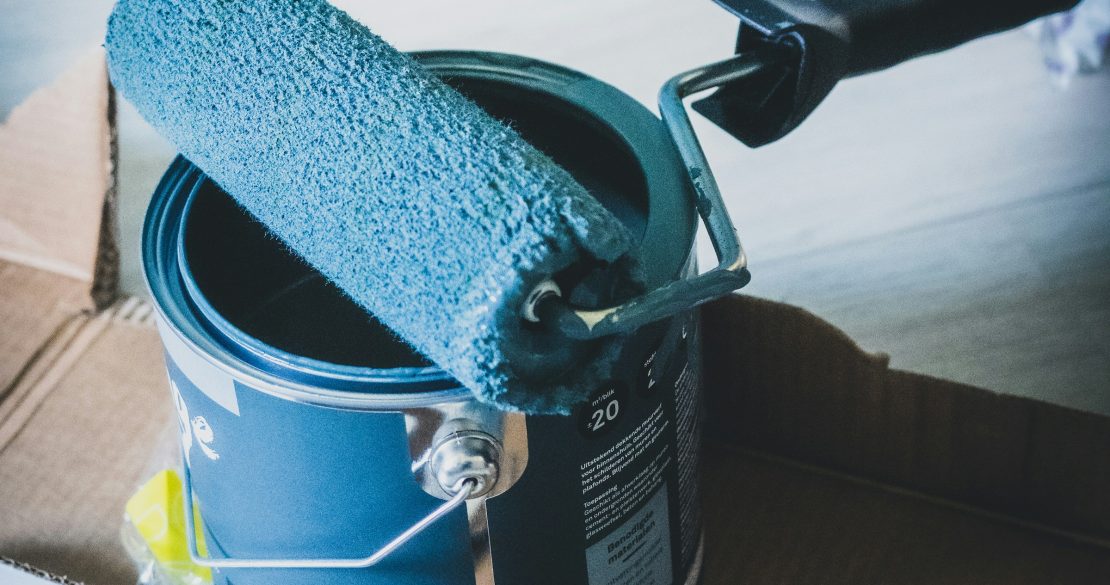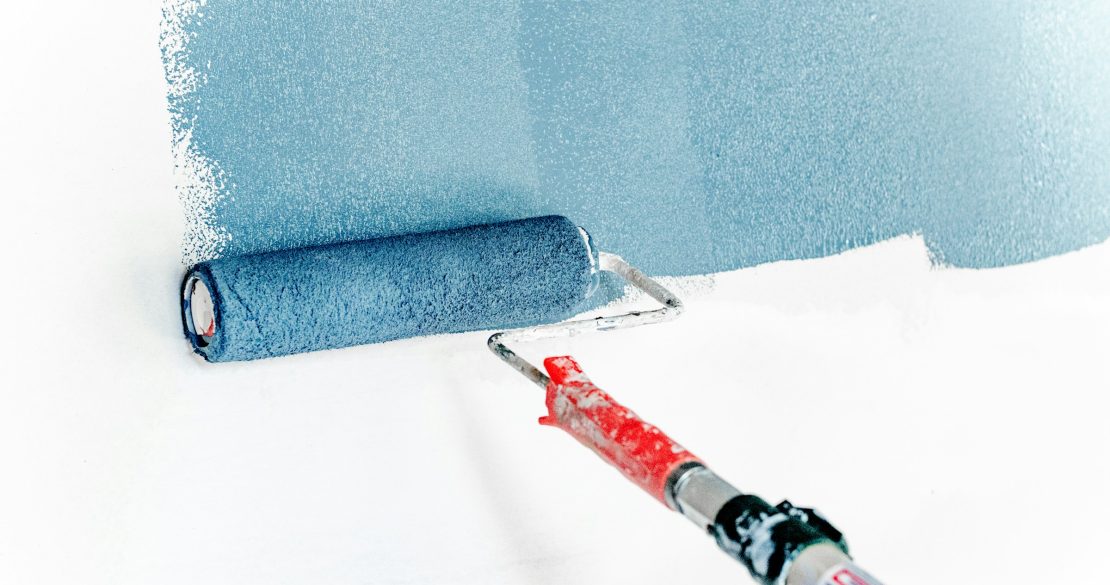Humans have an undeniable and biological need to be close to nature. We are at our healthiest and most productive when surrounded by natural elements like fresh air, water, wood, shrubbery, flowers, natural light, and even just the colors of the outdoors.
When we bring the outdoor elements inside, both humans and the indoor spaces we exist in reap the benefits. Fresher air, and that connection to nature is closer when we have to be indoors during work hours.
Table of Contents
What is Sustainable Green Building?
What is Biophilia?
Principles of Biophilia
Natural Shapes & Forms
Environmental Characteristics
Light & Space
Natural Patterns & Process
Place-based Relationships
Evolved Human-Nature Relationships
Advantages of Biophilia
Reduced Stress Levels
Increased Productivity
Fatigue
Costs
Talk to Employees
Implementing Biophilc Design in Your Office
Water Feature
Natural Building Materials
Living Wall
Take Advantage of Natural Light
Indoor Plants
Aromatherapy
Paint
Sound
Indoor/Outdoor Spaces
Ergonomic Furniture
Final Thoughts
What is Sustainable Green Building?
The building and construction industry is a top contributor to pollution across the globe. That’s not an award the industry wants to keep, so companies have been making large strides over decades in an effort to lower the overall carbon footprint both residential and commercial construction projects leave behind.
At the forefront of this movement is sustainable green building, which uses sustainable and more easily renewable resources for building materials and methods. Much of this is built into the ‘shell’ of a building, tucked away behind walls in the form of energy-efficient building systems like HVAC and AI-controlled IoT devices like self-adjusting shades and lighting.
What is Biophilia?
In the 1980s, biologist and environmental theorist Edward O. Wilson pioneered the concept of biophilia, or love of life, to describe the unconscious human need to bond with our natural environment, while ecology professor Steven R. Kellert coined the word ‘biophilia.’ The two men collaborated to define the principles of the concept.
People looking to build or refresh a space, from private residences to commercial offices have looked to biophilia to guide or complement their design choices.
Principles of Biophilia
Wilson and Kellert collaborated to further define biophilia and broke it down into six principles that can be easily applied to any design.
Direct incorporation entails incorporating all-natural features into the structure itself. Plants, animals, flowing water, or natural light may all be examples. Indirect incorporation entails imitating nature using non-natural means like pictures of nature or natural colors and shapes. Professor Steven R Kellert advised six laws of biophilic design:
Natural Shapes & Forms
Biophilic design rejects the idea of smooth edges and sharp lines in favor of replicating the natural world through variety.
Environmental Characteristics
By integrating direct interaction with ecosystems into the built environment, biophilic design becomes an effective way to promote the human-nature relationship in architecture.
Light & Space
Incorporating natural light creates a relaxing and vibrant environment, as well as natural variations during the day that sync or circadian rhythm.
Natural Patterns & Process
Embracing a biophilic workplace layout involves all of the senses, just as our experience of the natural (outdoor) environment can.
Place-based Relationships
In biophilic design, spaces are related to their surrounding environment. An office featuring biophilic designs in Michigan may include plenty of greenery and water features, while an office in the Arizona desert may include the desert landscaping and native Arizona plants.
Evolved Human-Nature Relationships
Being outdoors in the natural environment directly connects people to that environment. To effectively use biophilic design in the office, it needs to provide this sanctuary without isolation.
Advantages of Biophilia
Your sustainable green office renovation or building project is laced with energy-efficiency, sustainable and renewable building materials, automated systems to control systems and save power, low-flow fixtures, and a number of other items that contribute to lowering your building’s carbon footprint. While you’re focused on the environmental impact of the building, you’ve likely inadvertently included biophilic design, and are also reaping its benefits. Some of the benefits provided by biophilic design include:
Reduced Stress Levels
Work in general is stressful. Deadlines, a constant flow of work with little downtime, and the need to be stuck at a desk inside for a majority of the day contribute to high stress levels.
Studies have shown that incorporating biophilic design elements can significantly lower blood pressure and other symptoms associated with stress and anxiety. Having internal green biophilic elements aids in the healing of physiological stress, while providing an external view of nature or access to natural light sources aids in recovery from anxiety.
Increased Productivity
Biophilic design elements such as plants help reduce pollutants in the air – a gateway to improved efficiency and positive thinking in employees, leading to a jump in productivity. Additionally, providing a view of the natural environment leads to lower employee absenteeism due to illness. Including just a few elements of biophilic design leads to more productive time at the office.

Fatigue
After a long day at the office, all employees want to do is go home, get into some comfortable clothes, and enjoy dinner and whatever free time they have before heading to bed. That’s because the workday involves a lot of concentrated effort, full of tasks that require physical and mental skills that lead to exhaustion. When performed over a long time, such as an eight-hour workday, the activity leads to reduced productivity.
In the presence of biophilic design elements, which aid in relaxing and motivating the mind and spirit, employees can continue to work with the benefits of improved efficiency and reduced stress.
Costs
Much like the cost savings reaped from sustainable green building, utilizing biophilic design comes with cost savings as well. Tapping into natural light allows you to turn lights off in those parts of the office, reducing lighting and associated electrical costs.
Biophilic design provides fresher air, eliminating the need for costly air purifiers to maintain a healthy environment. It can also help regulate indoor temperature, meaning you can give your HVAC system a rest and save the money and energy needed to run the system around the clock.

Using artificial systems less frequently also leads to reduced maintenance costs. When systems are not in use, they don’t experience as much wear and tear – and thus need for repair or replacement – than systems that do not benefit from the utilization of biophilic elements.
Talk to Employees
As with any major office renovation that affects your employees, make sure to consult with them. They’ll let you know about their needs and wants, and can help shape the decisions you make to create a biophilic office design that benefits everyone. In person, one-on-one will ensure you get everyone’s opinions.
Implementing Biophilc Design in Your Office
The benefits of biophilic design are a great motivator to utilizing both sustainable green building principles as well as biophilic design principles for an energy-efficient, sustainable office environment that connects humans to their need for connection with nature. There are a number of things you can do to implement biophilia in your next design:
Water Feature
The sound of running water is a refreshing, soothing sound that offers a physical as well as unconscious connection to the natural environment. A fountain, small pond, or even a fish tank featuring a variety of fish and plants can bring the natural element of water into your office setting.
Natural Building Materials
Choosing building materials like wood and natural stone for finishes brings the natural environment into the office. Flooring, backsplashes in the breakroom kitchenette, feature walls, and more can include these building materials that add a touch of nature.
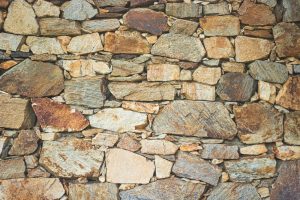
Living Wall
Creating a living wall is a great way to kill two birds with one stone. It brings in the biophilic design element of plants and greenery, while offering a stunning and unique design feature that is often overlooked in an office setting. Many office biophilic designs include potted plants placed strategically around the space rather than creating a focal point.
Take Advantage of Natural Light
Exposure to natural light has a number of health benefits for you and your employees, as well as benefits for your company’s bottom line. But you don’t have to go through a total renovation to add more windows to your space.

Move workspaces to take advantage of the natural light already available in your office. Having employee cubicles, desks, and collaborative workspaces flooded with natural light results in healthier, happier employees and reduced lighting costs.
Indoor Plants
In addition to a living wall, potted plants in strategic locations around the office, especially near employee work areas, are an easy way to bring greenery and its biophilic advantages into the office. Depending on the size of your space, you may only need a few, while larger spaces may require more. Ask us about a design scheme for potted plant use!
Aromatherapy
Well-done biophilia tingles all of the senses. Diffusers with essential oils, or even a few plug-in air fresheners can add fresh, natural scents to the office, mimicking the scents just outside the door.
Paint
One of the easiest and inexpensive ways to add an element of biophilia is through your paint scheme. You can choose to have your entrance painted in brand colors, but when it comes to employee congregation areas like workspaces, break areas, and even bathrooms, choosing colors that mimic nature – greens, yellows, browns, golds, and more, can help achieve that human-nature connection we crave. Read our article on The Role of Color Psychology in Workplace Design to get some more ideas on color choices that reflect biophilic qualities.
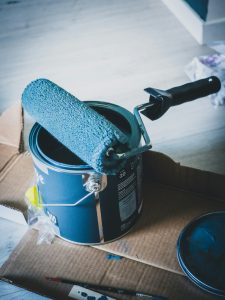
Sound
Birds chirping, water flowing, and wind blowing are all natural sounds you can bring into your biophilic office design. You can do this by opening a few windows, or providing a white noise or other machine that generates natural sounds. The natural sounds will also be less distracting than the office sound system playing a local radio station, however high or low you keep the volume.
Indoor/Outdoor Spaces
Encourage employees to take breaks outside, provide mobile devices like tablets, phones, and laptops to allow employees to take work outside to soak up some fresh air and natural light without losing productivity.

If your office has easy access to a patio or balcony space, create workspaces there with electrical outlets, Wi Fi access, comfortable and functional furnishings that assist in work or relaxation, and more.
Ergonomic Furniture
Ergonomic furnishings conform to the body’s natural shape. They offer back support, encourage natural, proper seated positions, neck support, and more to help prevent fatigue during the workday. Additionally, desks with sit/stand features aid in employee comfort. The staff of Realty Asset Associates can help you choose furnishings that complement your biophilic design as well as give you and your employees the natural comfort and support necessary for less phsyically stressful workspaces.
Final Thoughts
Designing an office around the concept of biophilia is an involved task that takes careful thought and planning. Visiting the local nursery for some plants and a new water feature isn’t all it takes.
When you consult with the staff of Realty Asset Associates, we can help you evaluate all of the aspects of biophilic design and help you find the ones that are right for the biophilic office environment you hope to create.
Contact us today!


